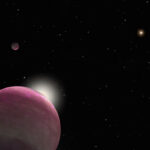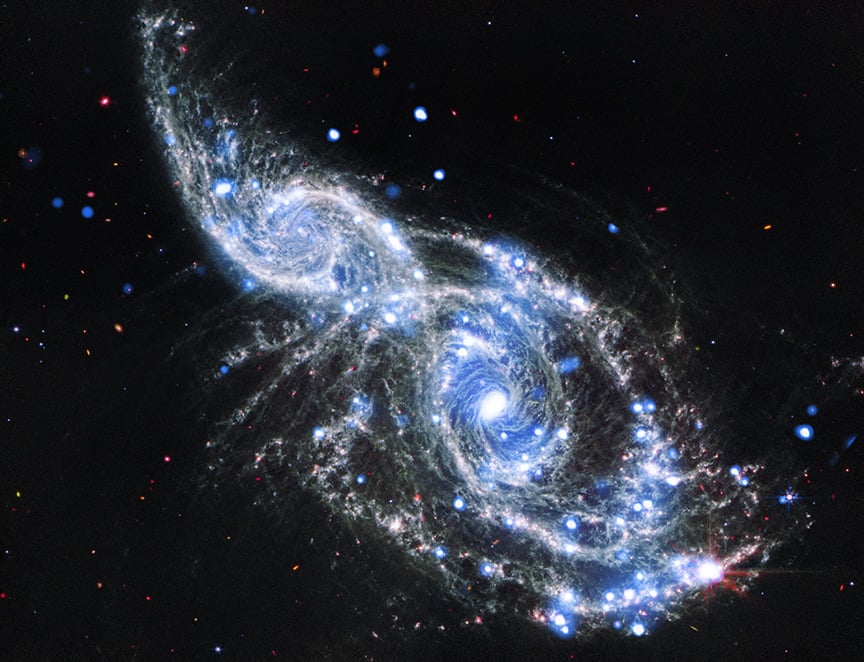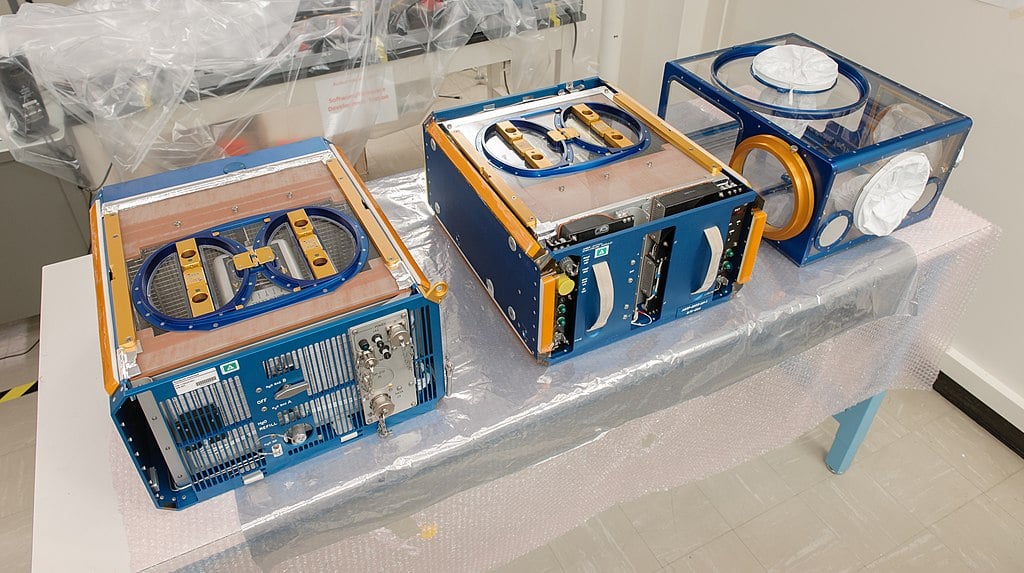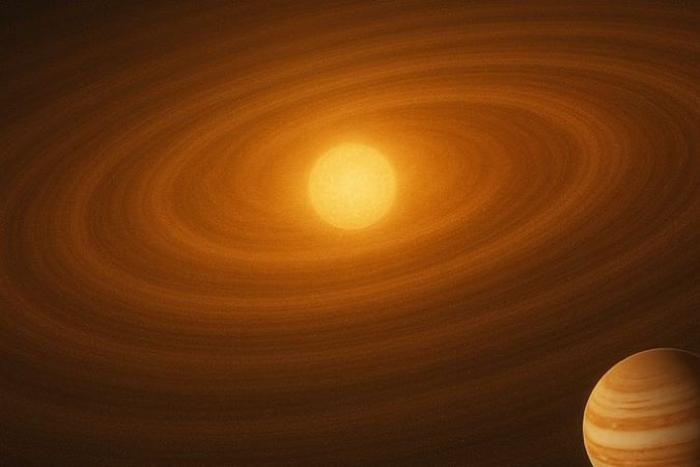Two spiral galaxies locked in a slow motion collision have been captured in stunning detail by NASA’s James Webb Space Telescope and Chandra X-ray Observatory. The pair grazed past each
Using the Einstein Probe (EP), astronomers have detected a new X-ray transient event, which turned out to be an X-ray flare from the star PM J23221-0301 located about 150 light
Winds exceeding 110 mph that tore across the top of Mount Hamilton early Christmas morning blasted a massive steel protective door off the iconic white dome at Lick Observatory.
A supernova observed by Chinese and Japanese astronomers in 1181 CE didn’t fully explode, instead it sputtered and left behind a rare “zombie star” surrounded by long filaments resembling fireworks.
A female mouse that spent two weeks aboard China’s space station has successfully given birth to healthy pups after returning to Earth. This marks the first time offspring have been
How did hot Jupiters end up orbiting so close to their stars, thus earning their moniker? This is what a recent study published in The Astronomical Journal hopes to address
Celebrate the New Year with the “Champagne Cluster,” a galaxy cluster seen in this new image from NASA’s Chandra X-ray Observatory and optical telescopes.
Since the interstellar object (ISO) 3I/ATLAS was first discovered on July 1, 2025, it has garnered much attention, including speculation, hopes and fears that it may somehow contain evidence of
The year’s first supermoon and meteor shower will sync up in January skies, but the light from one may dim the other.
Mid-infrared observations from NASA’s James Webb Space Telescope, shown in white, gray, and red, are combined here with X-ray data from NASA’s Chandra X-ray Observatory, highlighted in blue. Together, these
-
 01From Polymerization-Enabled Folding and Assembly to Chemical Evolution: Key Processes for Emergence of Functional Polymers in the Origin of Life
01From Polymerization-Enabled Folding and Assembly to Chemical Evolution: Key Processes for Emergence of Functional Polymers in the Origin of Life -
 02Two Black Holes Observed Circling Each Other for the First Time
02Two Black Holes Observed Circling Each Other for the First Time -
 03How New NASA, India Earth Satellite NISAR Will See Earth
03How New NASA, India Earth Satellite NISAR Will See Earth -
 04Thermodynamic Constraints On The Citric Acid Cycle And Related Reactions In Ocean World Interiors
04Thermodynamic Constraints On The Citric Acid Cycle And Related Reactions In Ocean World Interiors -
 05Φsat-2 begins science phase for AI Earth images
05Φsat-2 begins science phase for AI Earth images -
 06Hurricane forecasters are losing 3 key satellites ahead of peak storm season − a meteorologist explains why it matters
06Hurricane forecasters are losing 3 key satellites ahead of peak storm season − a meteorologist explains why it matters -
 07Binary star systems are complex astronomical objects − a new AI approach could pin down their properties quickly
07Binary star systems are complex astronomical objects − a new AI approach could pin down their properties quickly









